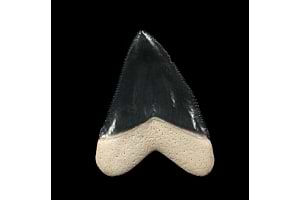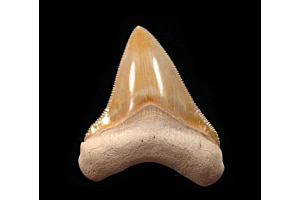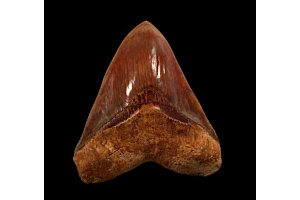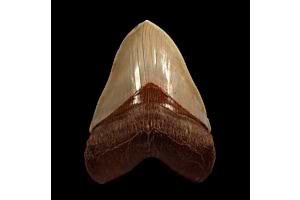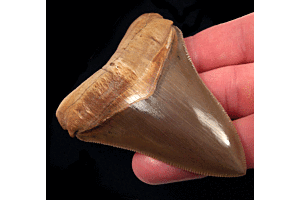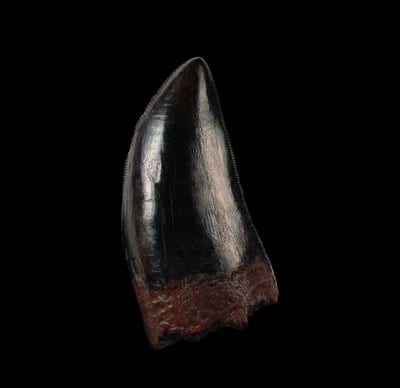
When Steven Spielberg made his 1993 blockbuster, Jurassic Park, not much was known about the Tyrannosaurus rex, or T. rex, as it is more popularly known. Back then, there were only around eight skeletal remains in the fossil record. But since then, more skeletons have been unearthed, which have changed paleontologists’ and even the general public’s understanding of the “king of dinosaurs”. In the recent years, there are numerous findings that have upended the preconceived ideas of how this creature looked, behaved and ate. Here aresome of these ideas that have been proved to be wrong.
- Their appearance
- rexes were not all covered in scales. They had some feathers on their head, neck and tail. While T-rex fossils do not have preserved feathers, it is from the study of related species that scientists have come to this conclusion. Also, contrary to what was shown in the Jurassic Park, T. rexes were much slimmer in real life.
- Their hatchlings
While it may be easy to assume that the babies of these ferocious animals will also be ferocious-looking, it wasn’t exactly so. T. rex hatchlings looked more like fuzzy ducklings. They were born with feathers, most of which shed by the time they grow up. Also, it has been found that a majority of their hatchlings did not survive past infancy due to diseases, starvation and other predators.
- Scavenger or predator?
The debate about whether the T. rex was a scavenger or a predator isn’t new. While it was initially believed that it may have exhibited scavenging tendencies, now there is sufficient evidence that points to it being a hunter or a predator. Also, scientists believe that the T. rex ate its own kind, but it has been hard to ascertain if they killed each other or ate carcasses.
If you are interested in dinosaurs and their pre-historic world, you will surely appreciate our collection of dinosaur fossils. Find Tyrannosaurus Rex tooth fossils for sale, only at Buried Treasure Fossils.



